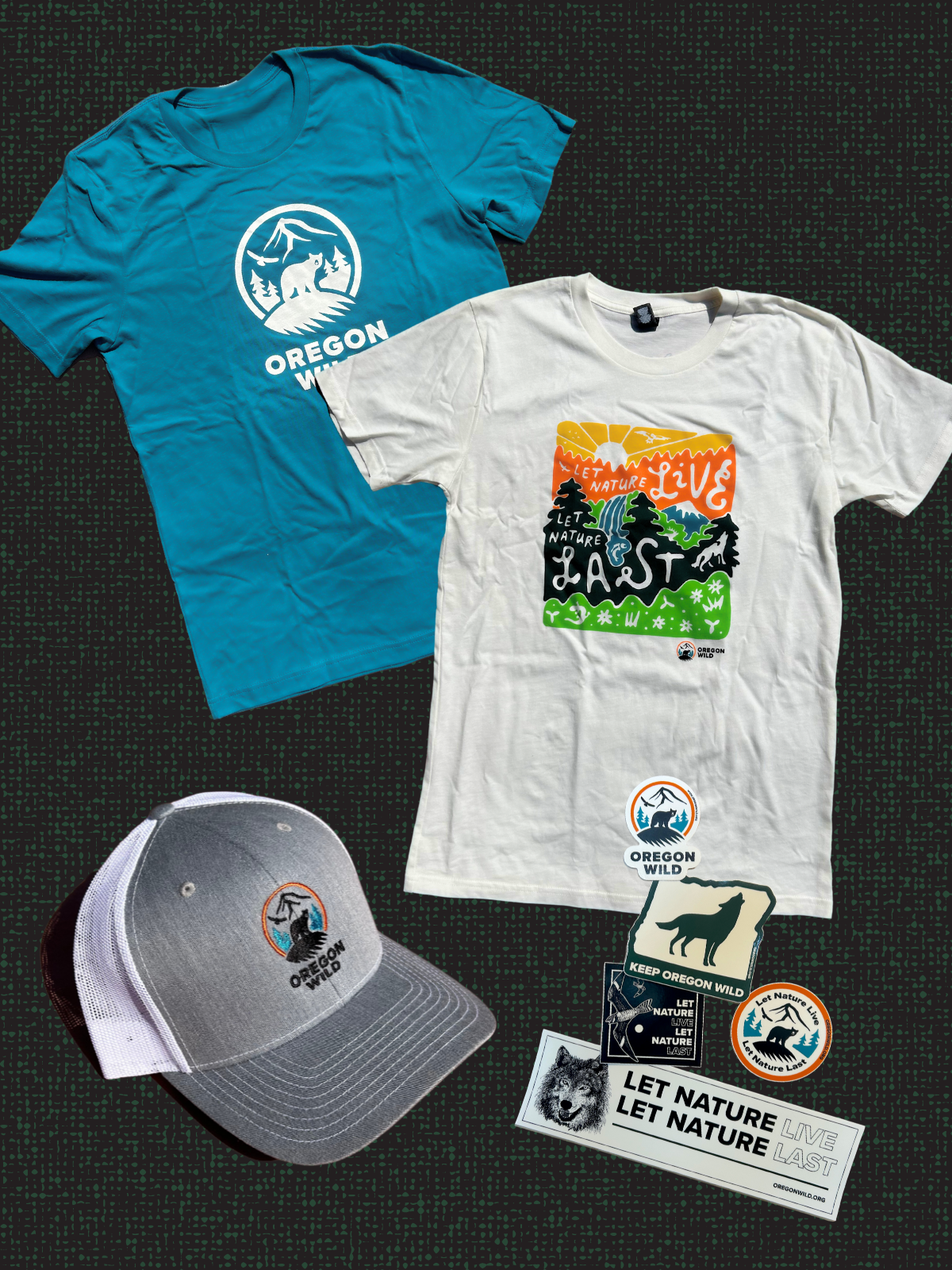Protect Engangered Species Habitat
Safeguard endangered species by keeping habitat protections in place—comments due May 19!
Since 1973, the Endangered Species Act (ESA) has been one of our nation’s most effective tools for preventing extinction. One of the keys to its success is the idea that protecting species means protecting the habitat they depend on to survive and recover.
But now, the Trump Administration is trying to eliminate a critical ESA rule that defines what it means to “harm” a threatened or endangered species.
Right now, the law recognizes that “harm” includes not just directly killing or capturing wildlife—but also habitat destruction that makes it impossible for a species to feed, breed, or shelter. This science-based approach ensures that species are protected where they live.
The proposed rollback would limit “harm” to only direct, physical impacts, and not degrading or significantly altering habitat.
Stripping this rule would gut habitat protections and put iconic species of the Pacific Northwest—including the northern spotted owl, marbled murrelet, and coho salmon—at even greater risk of extinction.
This is not an isolated attack. It’s part of a larger pattern by the Trump Administration to weaken foundational environmental laws and remove guardrails on destructive activities like logging, mining, dam-building, and drilling.
Without enforceable protections against habitat degradation, efforts to recover endangered species could become meaningless. We can’t let that happen.
Tell the U.S. Fish and Wildlife Service and National Marine Fisheries Service: Don’t weaken the Endangered Species Act. Uphold the rule that protects habitat for at-risk wildlife.


